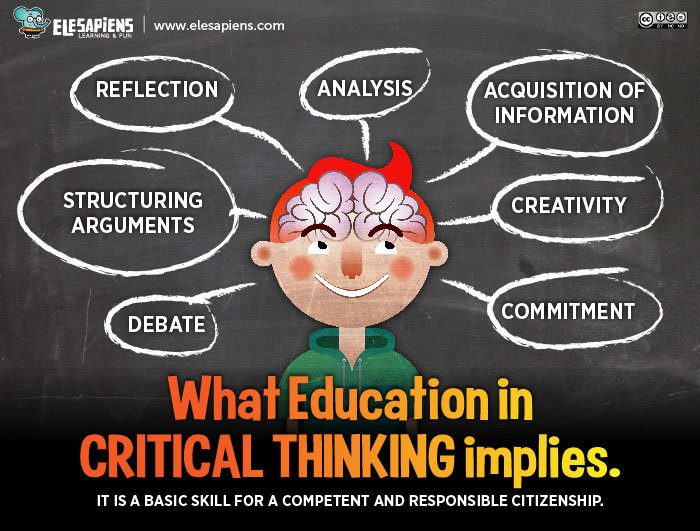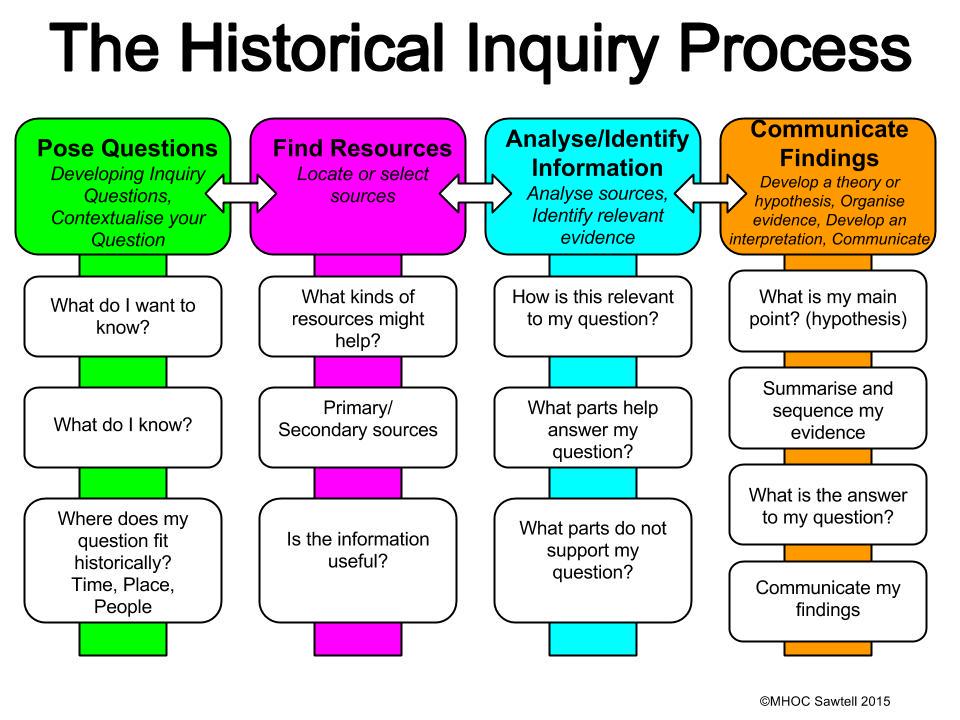

In order to apply critical thinking to this problem, the goals are to understand the problem, find possible solutions, and evaluate the result.įor comparison, we now look at another definition of critical thinking. There are many different criteria for this, such as which one takes the least amount of time, which is the most delicious, which is the healthiest, etc. For example, we could whisk the egg to make scrambled eggs, or maybe we want hard boiled eggs instead. For synthesis, there are many different ways to prepare eggs. For analysis, the parts of this process might be putting butter in a pan, breaking the egg, and then cooking it. Let’s assume we want an egg for breakfast. To better understand this definition, we will apply this to an example. Because of this, it is necessary to evaluate the results in order to find the best answer. Moreover, it is possible that none of the results actually solve the problem.

Out of the results from the synthesis stage, some may be better than others. The process of critical thinking, though, does not stop at synthesis. However, creating these new solutions is difficult, if not impossible, without understanding the problem, which leads to analysis. Since we are trying to use critical thinking as “a guide to belief and action,” synthesis, or the generation of new ideas or solutions, is a necessary component. Finally, evaluation is making a judgment about the results using the evidence at hand.Īccording to Scriven (n.d.), then, critical thinking is the combined process of analysis, synthesis, and evaluation. Synthesis is thinking about other ways to solve the problem either by incorporating new information or combining the parts in a different way. 141)Īnalysis is breaking down the problem into parts and finding the relationships between them. She goes on to quote a statement by Scriven (n.d.) to define the term more explicitly:Ĭritical Thinking is the intellectually disciplined process of actively and skillfully conceptualizing, applying, analyzing, synthesizing, and/or evaluating information gathered from, or generated by, observation, experience, reflection, reasoning, or communication, as a guide to belief and action.(as quoted in Jessop, 2002, p. In her 2002 article, Jessop argues that critical thinking is comprised of three major skills: analysis, synthesis, and evaluation. To begin, we will look at two definitions of critical thinking. Finally, we will look at how this can be applied to our Senior Project and perhaps future work in general. From there, we will discuss examples, which highlight the importance of abstract thought as well efforts to teach this in the classroom. In this paper, our first goal is to define what exactly critical thinking is. Critical thinking and abstract thought, then, are invaluable tools, which complement an engineer’s technical expertise. Although everyone can agree that “Critical Thinking” is usually a good thing, it is difficult to explain exactly what it is and even more difficult to teach it.įor most engineers, problem solving is essentially their profession. In school, the most widely used, or at least the most reputable method for solving problems is “Critical Thinking.” From understanding the works of a long dead philosopher to solving differential equations, “Critical Thinking” is like some sort of intellectual panacea. This article demonstrates the value and use of developing abstract thought in engineering, especially for students Introduction

As the complexities of problems increase, there has been an increasing need for engineers to apply critical thinking in the context of problem solving. Engineers are specialists in technical information.


 0 kommentar(er)
0 kommentar(er)
